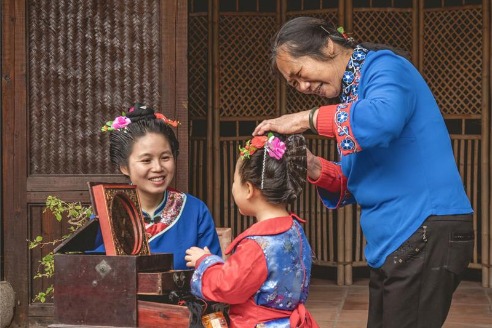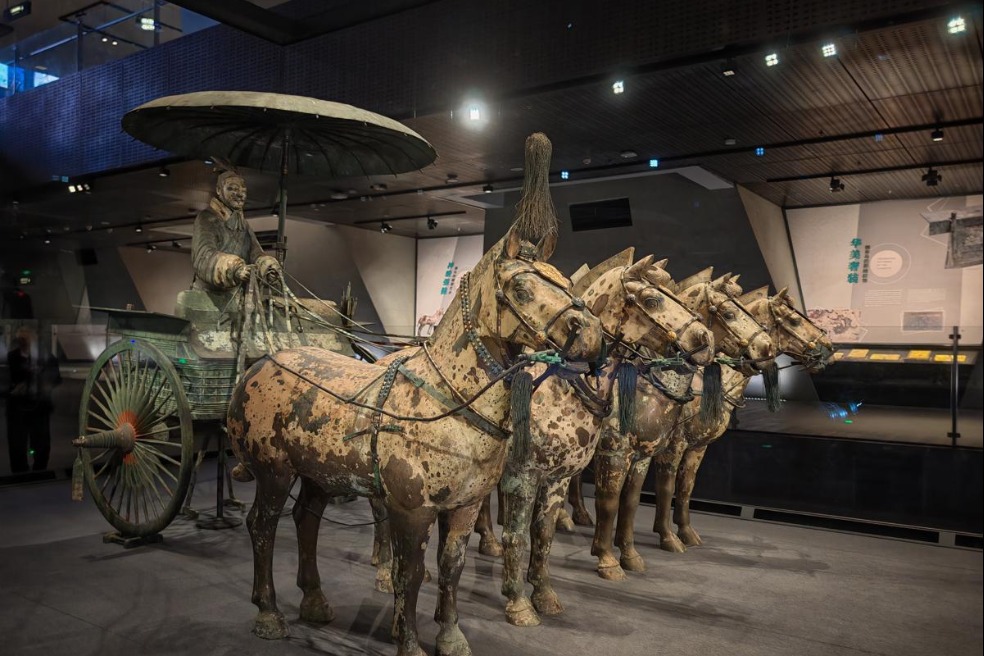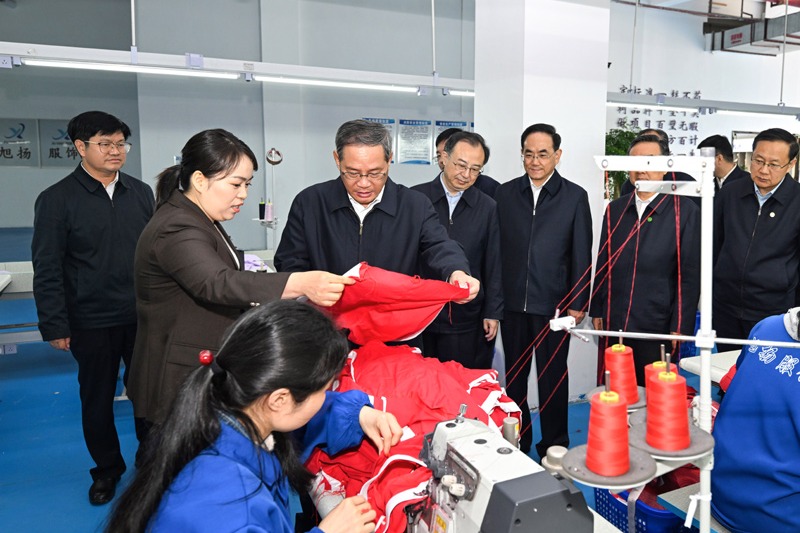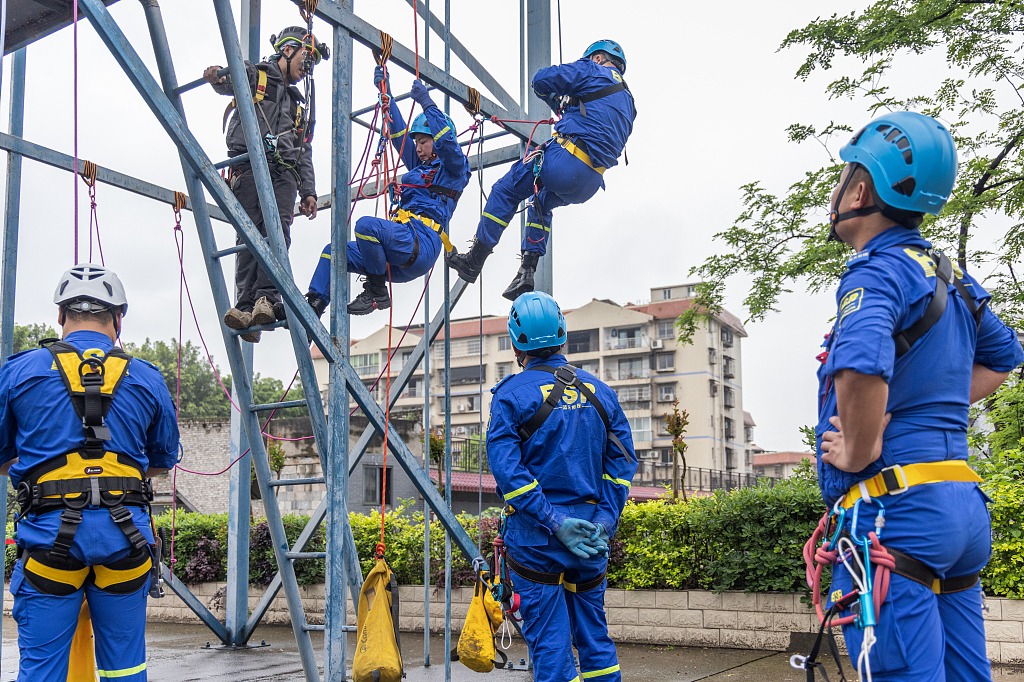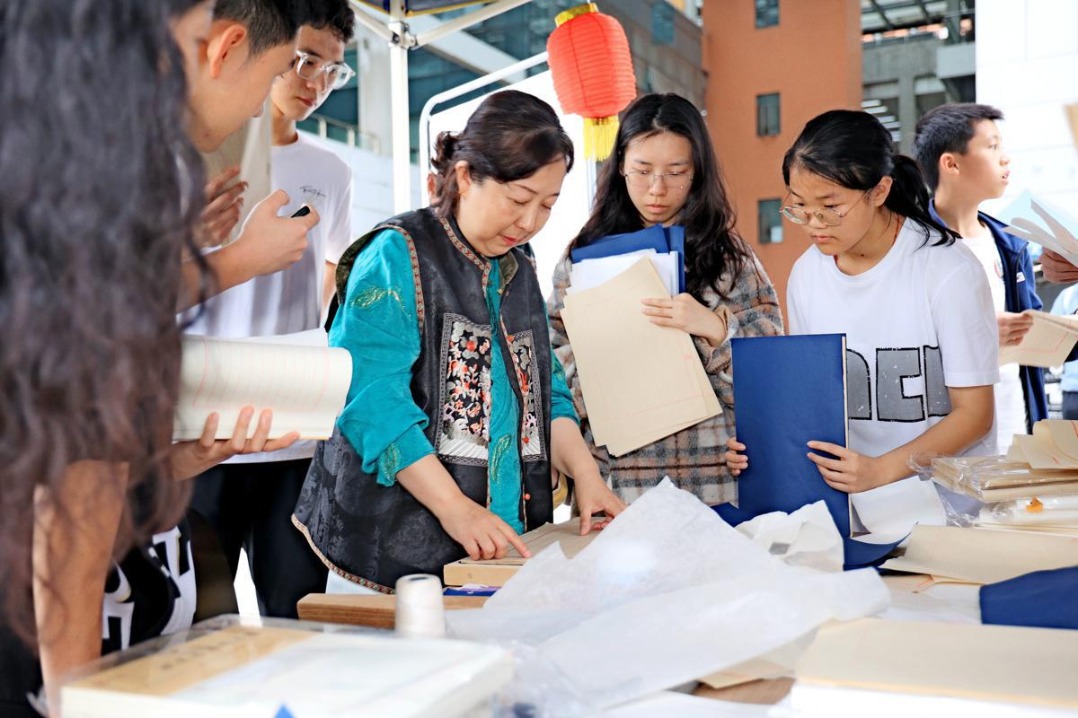Tibet gets staunch support in battle against poverty


LHASA — The township of Lunang in the southeastern part of Tibet has become a booming tourist destination for those who want to experience the challenge of climbing a plateau while still enjoying enough oxygen.
Last year, over 1 million tourists visited the small township in Nyingchi, which is at a lower altitude than Lhasa, capital of Tibet Autonomous Region. Lunang is described as an oxygen bar with alpine beauty comparable to that of Switzerland.
In 2017, Guangdong, one of the most developed provinces in China, bankrolled an international tourism development project in Lunang. Local residents like Lhapa Tsering, 42, were sent to receive training on providing quality dining and accommodation services to visitors.
In 2018, the township made 70 million yuan (about $10 million) in revenue from tourism, local authorities said.
Lhapa Tsering made about half a million yuan last year. "Life has become as good as it can be," he said.
The leapfrog development of ecological tourism in Lunang is both a result and an example of "pairing-up support for Tibet" from provincial-level regions and centrally-administered enterprises.
With the pairing-up support policy, which started in 1994, certain provinces, municipalities and state-owned enterprises are designated to render assistance to different places of the plateau region for development.
These authorities and organizations gathered in Nyingchi Monday for a special working conference on how to better help Tibet eradicate absolute poverty and create jobs for this year and the next. More than 200 projects were signed during the conference, with a planned investment of over 21.5 billion yuan.
Statistics show that last year, 17 provincial-level regions and 16 centrally-administered companies invested over 9 billion yuan to the region. Close to 69 percent of the fund went to 44 counties with a large number of the population live under the poverty line of per capita annual income of 2,230 yuan.
Most of the fund has been spent on the grassroots level to help herders and farmers, said a source of the Tibet autonomous regional poverty relief and development office.
Located above 4,000 meters above sea level, Tibet is one of the main grounds in China's nationwide battle against poverty. The region has made great progress since anti-poverty campaigns began, and it needs to consolidate the results, said Liu Yongfu, director of the State Council Leading Group Office of Poverty Alleviation and Development, at the conference.
This year, Tibet aims to lift the remaining 150,000 people out of poverty and take 19 counties off the list of poverty.
Aid from other provinces has helped shore up industries to achieve the anti-poverty targets. In Xigaze, where Mount Qomolangma is located, companies from Shanghai set up factories to process and sell trademark products such as saffron, trout and Thangka paintings.
Funds, talent and expertise from developed cities like Shanghai have helped local Tibetans set up high-end factories rather than low-end ones, authorities said.
Meanwhile, aid to Tibet has been used to build the region's financial, medical and educational services, among others.
China Development Bank has issued 52.3 billion yuan of loans to impoverished counties in Tibet, benefitting over 400,000 people, said Zhao Huan, the bank board chairman.
Sinopec, a centrally-administered state-owned enterprise, helped sell bottled water from the region through its sales network. By the end of 2018, over 1 billion bottles had been sold, the company said.
Groups of education and medical specialists have been sent to Tibet. Doctors from Guangdong set up the first hemodialysis center in Nyingchi. In the last four years, 600 medical workers have provided assistance to hospitals and patients in Tibet.

















